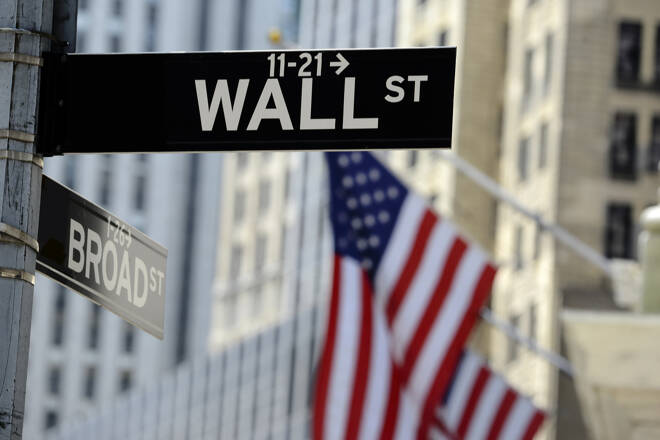Advertisement
Advertisement
S&P 500 Futures are Flat as Investors Shift Focus to Banking Crisis Despite Fed’s Signal to End Rate Hikes
By:
The US banking crisis overshadows a nearly flat premarket session for major stock index futures, including the S&P 500.
Key Takeaways
- Despite Fed signaling end to interest rate hikes, investor sentiment was dampened by banking crisis worries.
- Primary driver of market volatility is push-and-pull between price stability and financial stability, which the Fed is mandated to balance.
- US Treasury yields fell as investors considered the Fed’s latest policy decision and guidance, which hinted at a pause to rate hikes and shift towards data-dependent policy decisions.
- Economic data on durable goods, manufacturing, and services due on Friday morning, while St. Louis Fed President James Bullard is slated to speak.
Overview
On Friday, the major U.S. stock index futures are trading nearly flat in the premarket session as investors shift their attention from this week’s Federal Reserve meeting to the U.S. banking system.
At 04:30 GMT, Dow Jones Industrial Average futures are trading at 32342.00, up 23.00 or +0.07%. Meanwhile, S&P 500 Index futures are at 3980.50, up 2.50 or +0.06%, and NASDAQ Composite futures are trading at 12856.50, up 2.50 or +0.02%.
Thursday’s moves follow a volatile session on Wednesday where the three major indexes ended sharply higher. The Nasdaq Composite had the largest gain of 1% due to technology shares rallying on the anticipation that interest rate hikes would be coming to an end. The S&P 500 ended around 0.3% higher, while the Dow finished up 0.2%. All three indexes are on pace to finish the week up.
Investor Sentiment Dampened by Banking Crisis Despite Fed Signaling End to Interest Rate Hikes
On Thursday, investors reacted to the quarter percentage point interest rate hike announced by the Federal Reserve on Wednesday. The central bank also signaled that the interest rate hikes, which are meant to cool inflation, may be coming to an end.
However, investor sentiment was dampened by the banking crisis. Despite comments from Treasury Secretary Janet Yellen indicating that regulators are prepared to take action to stabilize U.S. banks, the SPDR S&P Bank ETF (KBE) ended the session down 2.5%. This comes in the wake of the closures of Silicon Valley Bank and Signature Bank.
The primary driver of market volatility is the push-and-pull between price stability and financial stability.
The Federal Reserve has a mandate to tame inflation while also limiting further strains on capital market activity that can stem from ongoing rate hikes. Based on this statement, the primary driver of market volatility is the push-and-pull between price stability and financial stability.
Investors will be watching for economic data on durable goods, manufacturing, and services due on Friday morning. St. Louis Fed President James Bullard is also slated to speak around the time the market opens for Friday’s session.
US Treasury Yields Fall as Investors Digest Fed’s Latest Policy Decision and Guidance
US Treasury yields fell on Thursday as investors considered the latest Federal Reserve policy decision, which included a 25 basis point interest rate increase, marking the ninth consecutive increase.
During a news conference, Fed Chairman Jerome Powell acknowledged that the central bank’s efforts to reach a 2% inflation target would be challenging, and suggested that rate cuts were unlikely for 2023.
The Fed’s statement hinted at a pause to rate hikes and a shift towards data-dependent policy decisions, which could be related to the market’s concerns about growth fears rather than inflation worries.
For a look at all of today’s economic events, check out our economic calendar.
About the Author
James Hyerczykauthor
James Hyerczyk is a U.S. based seasoned technical analyst and educator with over 40 years of experience in market analysis and trading, specializing in chart patterns and price movement. He is the author of two books on technical analysis and has a background in both futures and stock markets.
Advertisement
